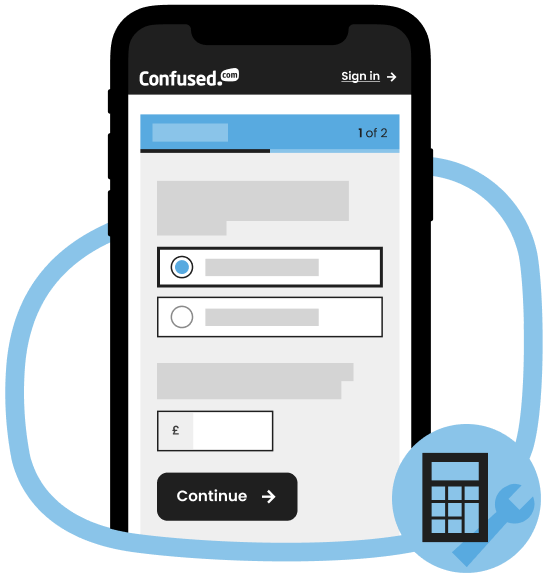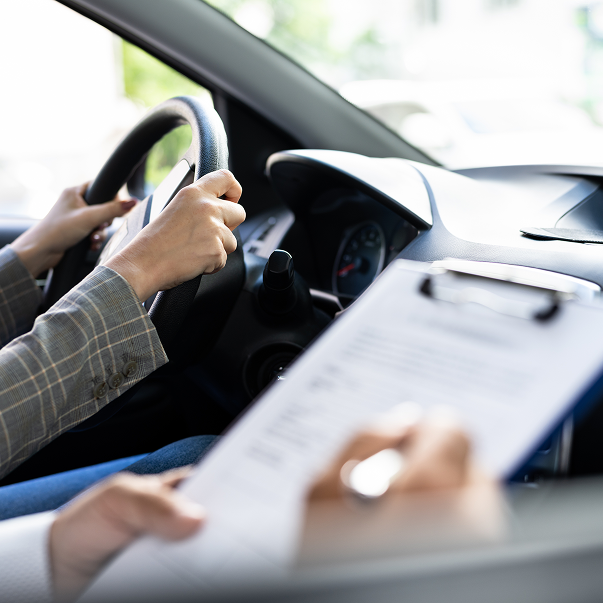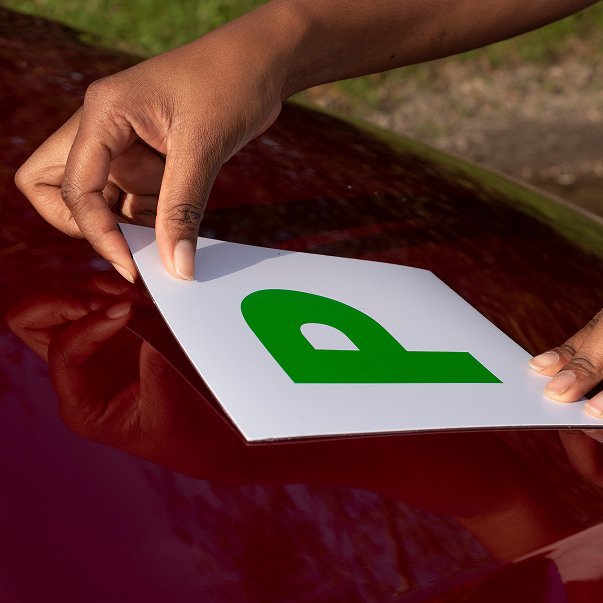"Young drivers face some of the highest insurance costs on the road, not because they’re doing anything wrong, but because they’re still gaining experience.
But it’s not just about price. Helping them build safe driving habits from day one could prevent thousands of crashes a year - making UK roads safer for everyone."










